Products Lineup
News / Blog
Other Menus
Product lineup:usual-kakejiku
-
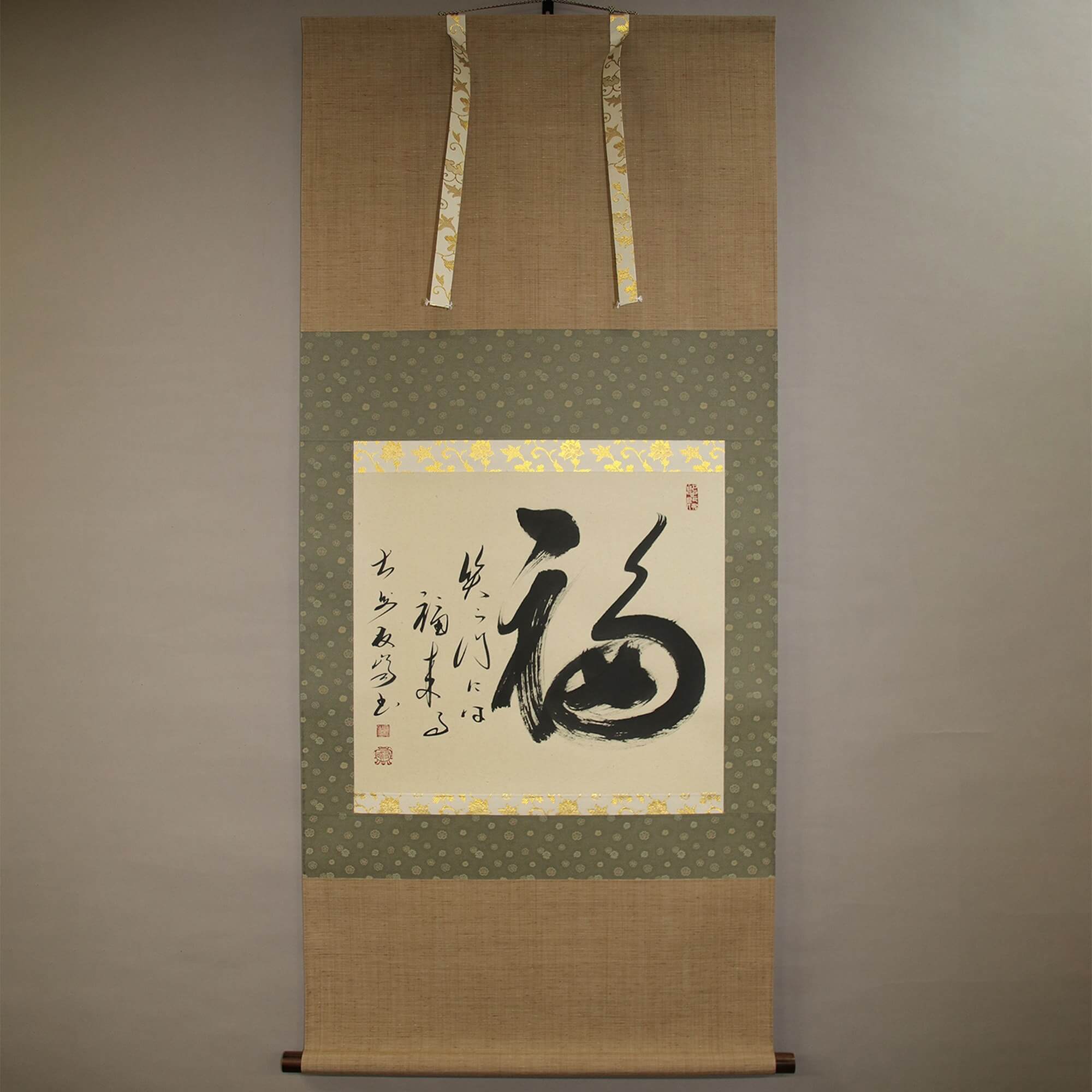 Product ID-0266
Kakejiku Hanging Scroll: Calligraphy : Fortune Comes in at the Merry Gate. / Takahashi Yūhō
Warau Kadoniha Fuku Kitaru
Product ID-0266
Kakejiku Hanging Scroll: Calligraphy : Fortune Comes in at the Merry Gate. / Takahashi Yūhō
Warau Kadoniha Fuku Kitaru
-
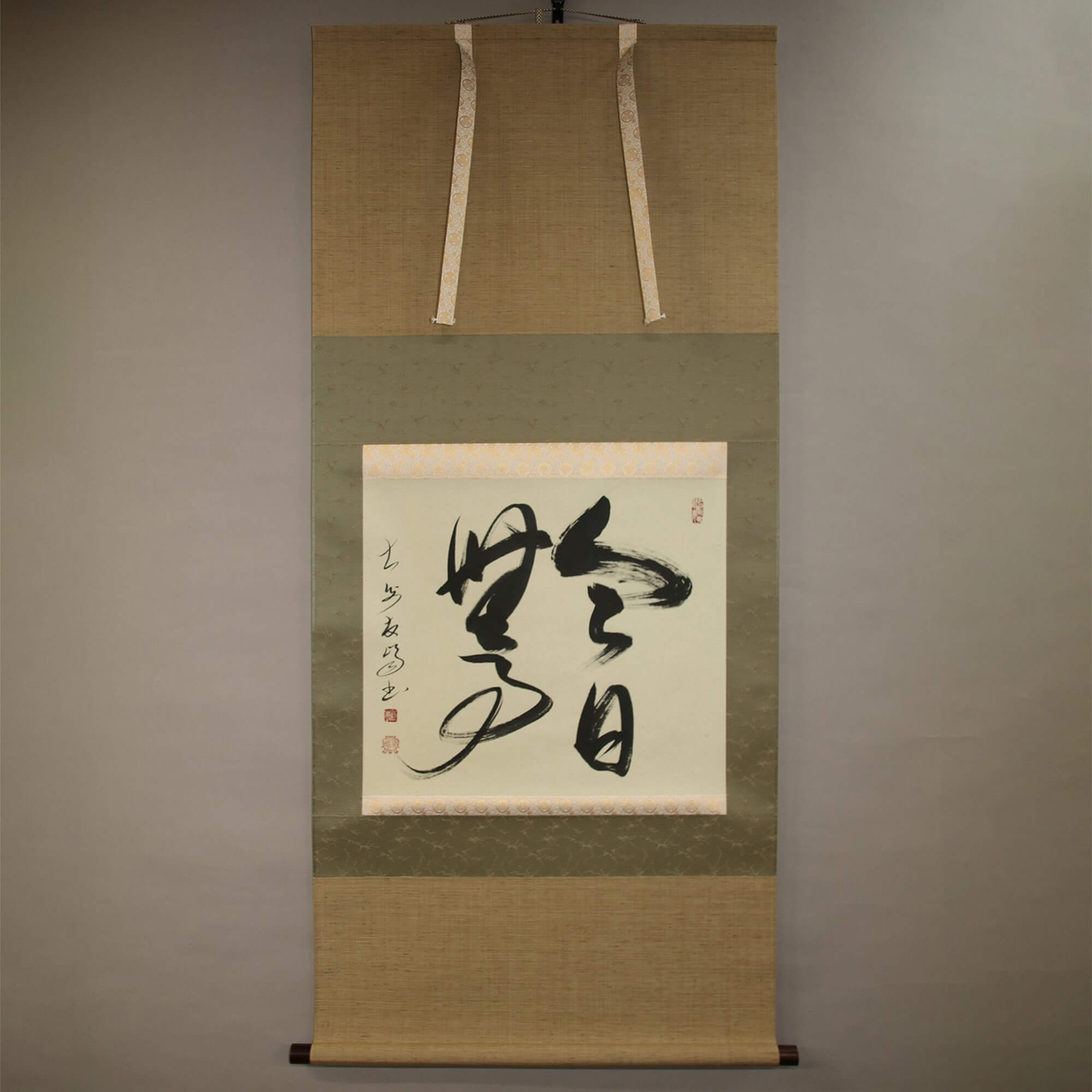 Product ID-0267
Kakejiku Hanging Scroll: Calligraphy : Today Is Peace and Tranquility with Nothing to Be Done / Takahashi Yūhō
Konnichi Buji
Product ID-0267
Kakejiku Hanging Scroll: Calligraphy : Today Is Peace and Tranquility with Nothing to Be Done / Takahashi Yūhō
Konnichi Buji
-
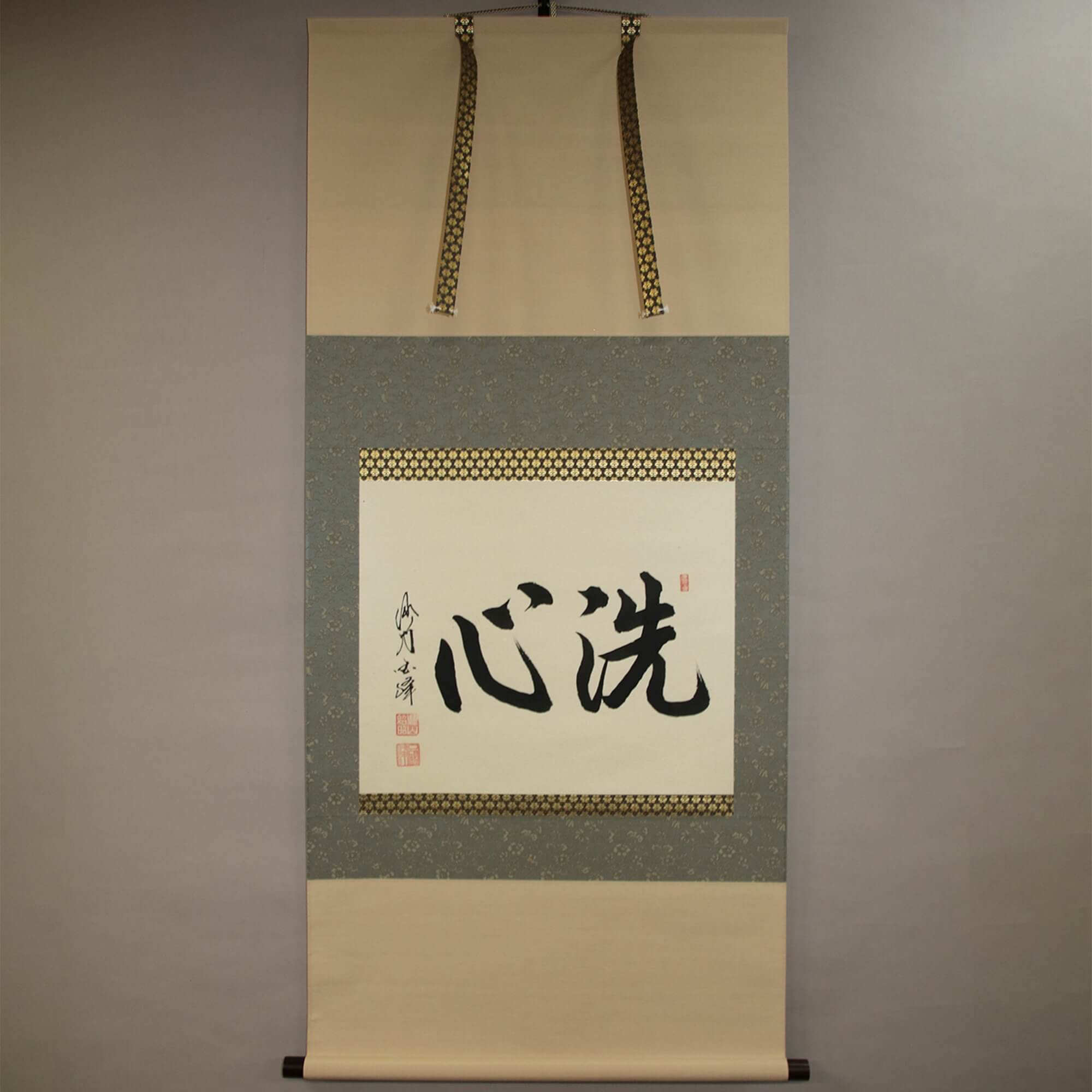 Product ID-0268
Kakejiku Hanging Scroll: Calligraphy: Keep Constant Cleanliness in Mind / Tomita Kokuhō
Senshin
Product ID-0268
Kakejiku Hanging Scroll: Calligraphy: Keep Constant Cleanliness in Mind / Tomita Kokuhō
Senshin
-
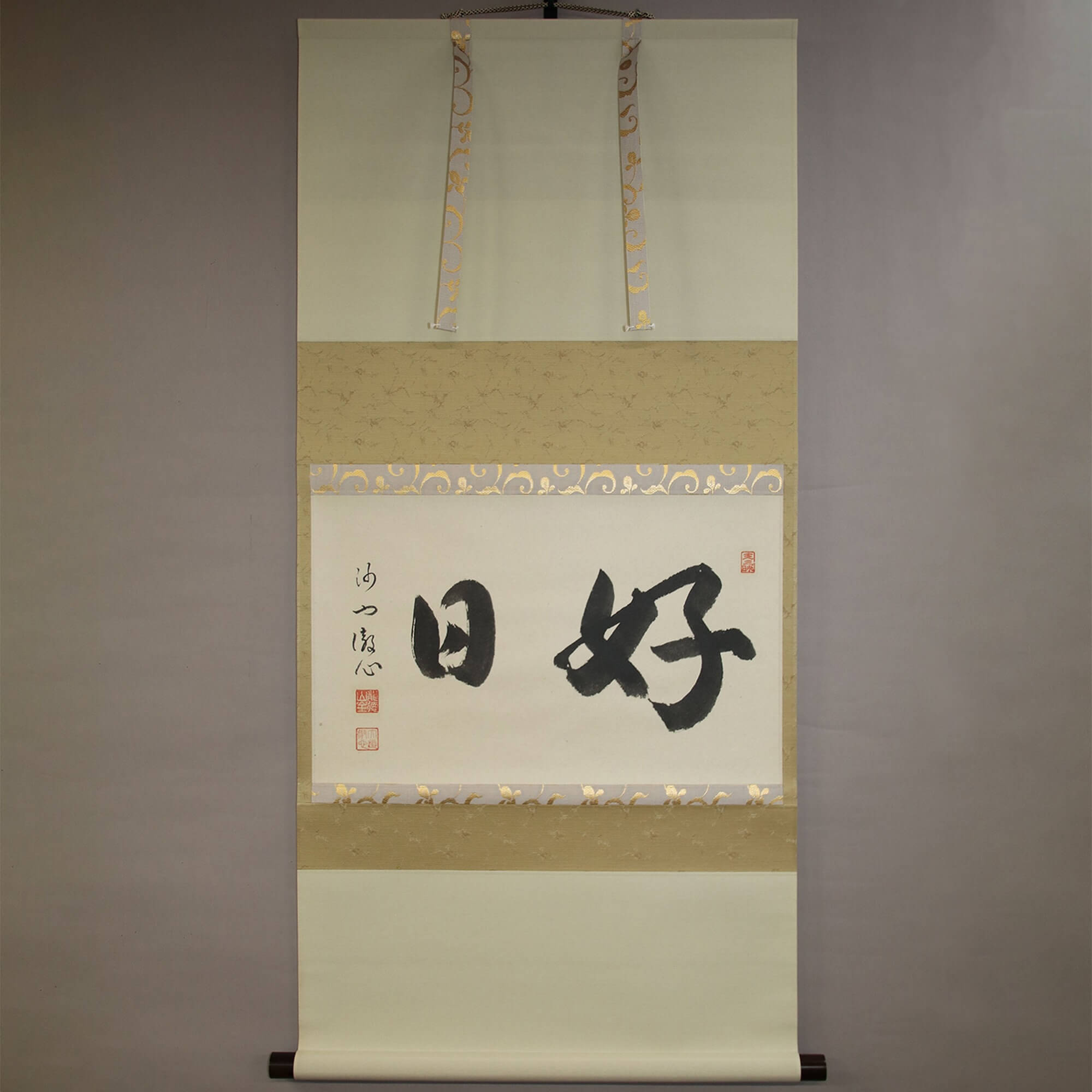 Product ID-0270
Kakejiku Hanging Scroll: Calligraphy: Good Day / Kishi Tesshin
Kōjitsu
Product ID-0270
Kakejiku Hanging Scroll: Calligraphy: Good Day / Kishi Tesshin
Kōjitsu
-
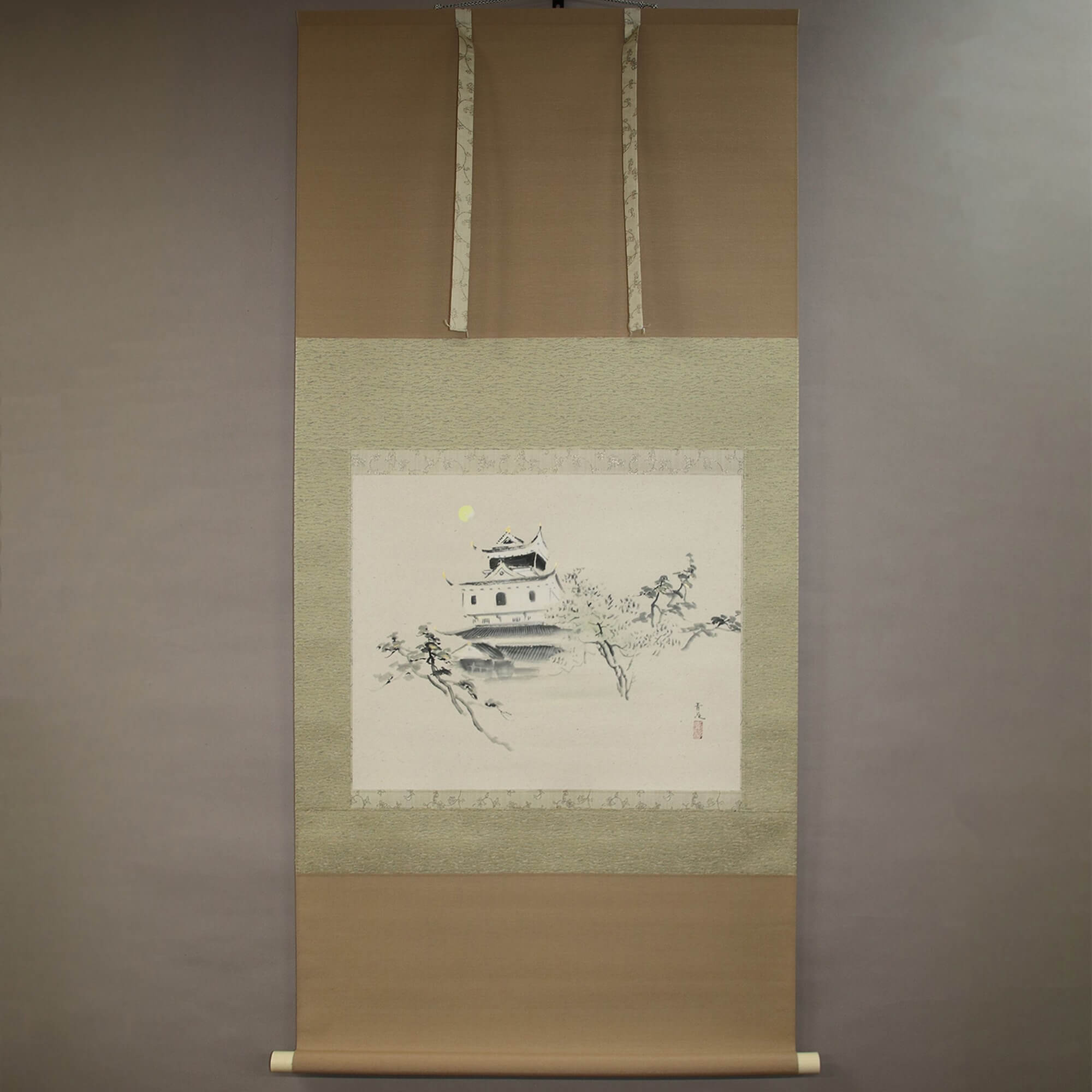 Product ID-0273
Kakejiku Hanging Scroll: Landscape Painting: Iwakuni Castle / Tatsumoto Seika
Iwakuni-jō
Product ID-0273
Kakejiku Hanging Scroll: Landscape Painting: Iwakuni Castle / Tatsumoto Seika
Iwakuni-jō
-
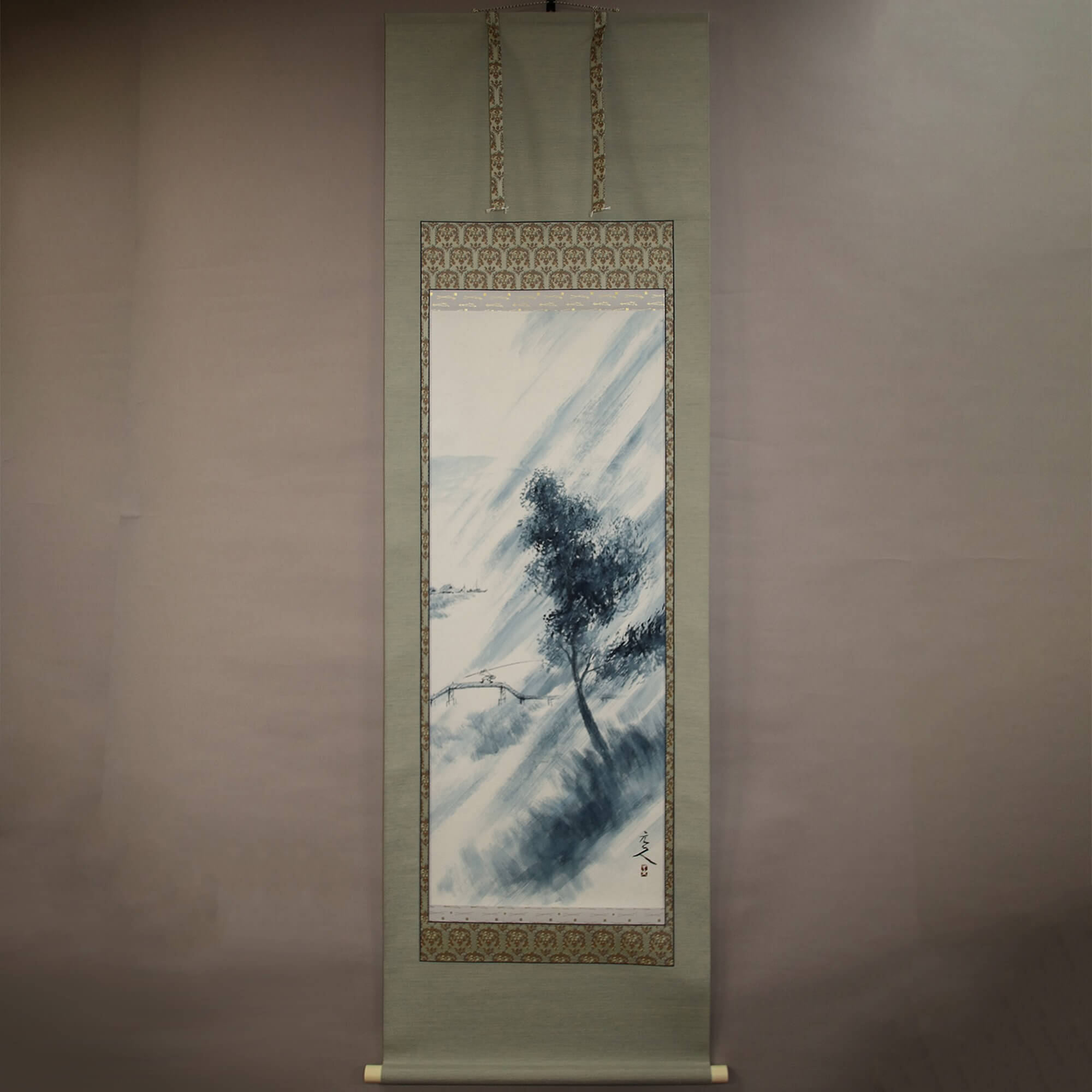 Product ID-0275
Kakejiku Hanging Scroll: Landscape Painting: Sudden Rain Shower / Sugihara Genjin
Shūu
Product ID-0275
Kakejiku Hanging Scroll: Landscape Painting: Sudden Rain Shower / Sugihara Genjin
Shūu
-
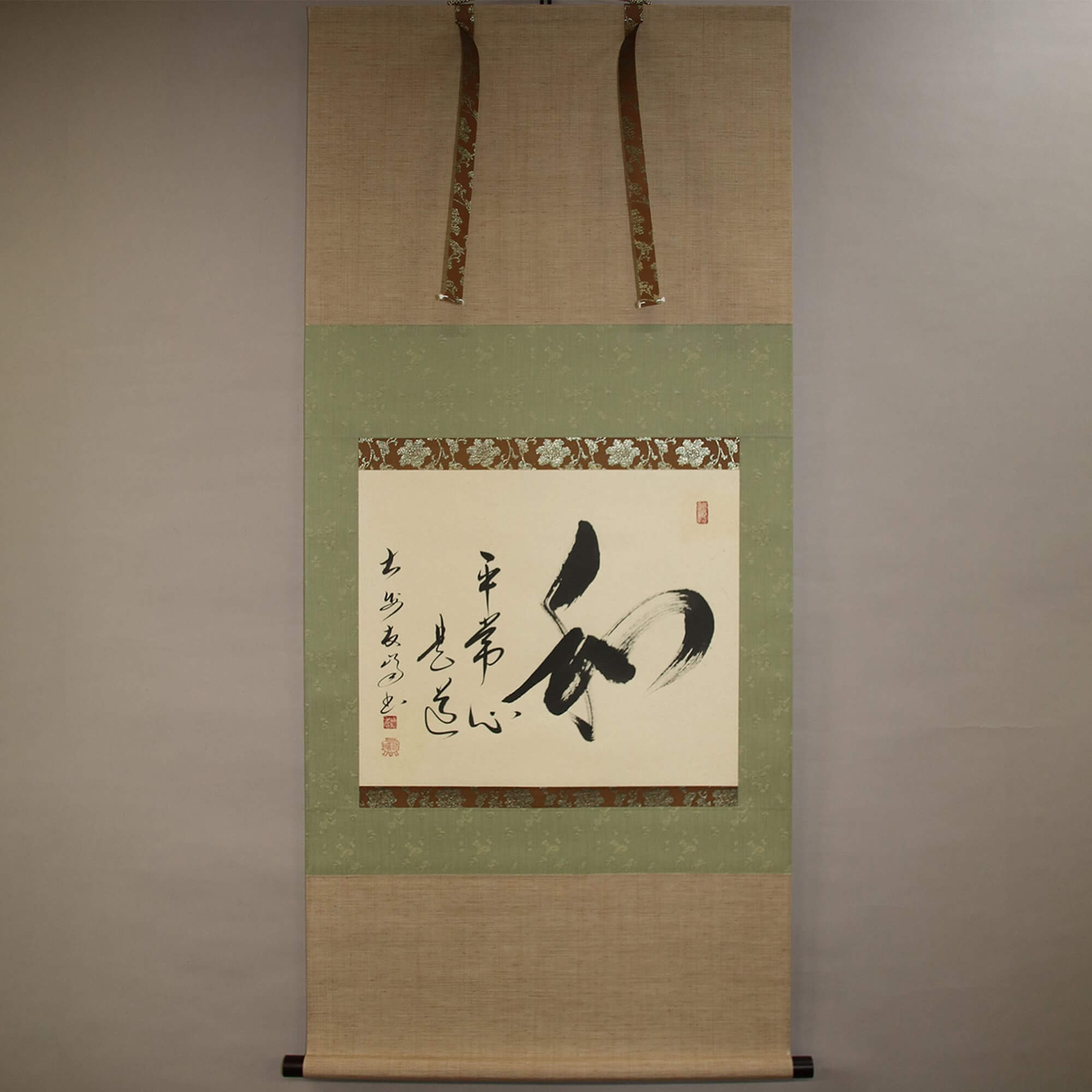 Product ID-0276
Kakejiku Hanging Scroll: Calligraphy: Harmony & Way of Peaceful Mind / Takahashi Yūhō
Wa / Byōjōshin Koredō
Product ID-0276
Kakejiku Hanging Scroll: Calligraphy: Harmony & Way of Peaceful Mind / Takahashi Yūhō
Wa / Byōjōshin Koredō
-
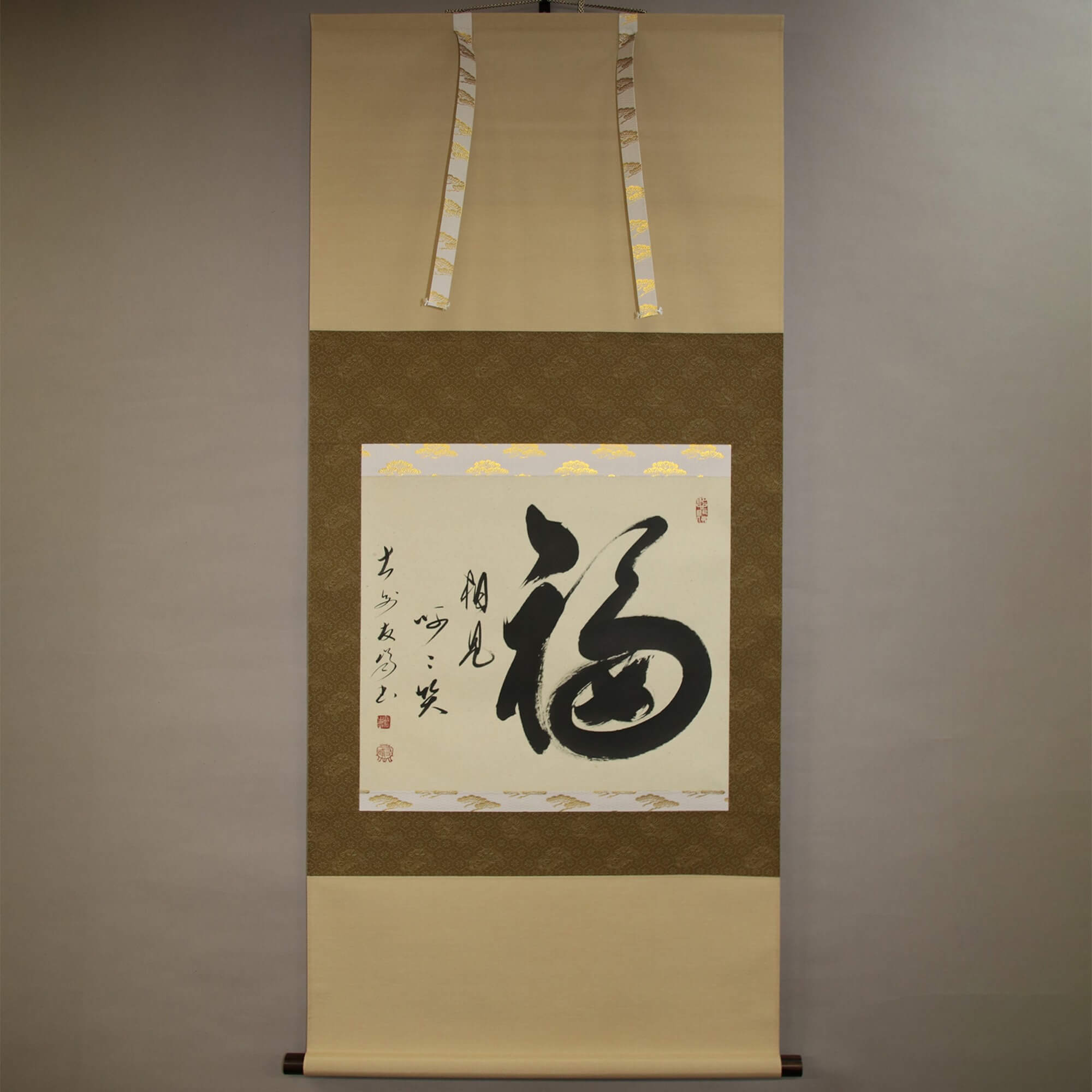 Product ID-0277
Kakejiku Hanging Scroll: Calligraphy: Fortune & Laugh Looking at Each Other / Takahashi Yūhō
Fuku / Aimite Kakatowarau
Product ID-0277
Kakejiku Hanging Scroll: Calligraphy: Fortune & Laugh Looking at Each Other / Takahashi Yūhō
Fuku / Aimite Kakatowarau
-
 Product ID-0278
Kakejiku Hanging Scroll: Calligraphy: Dream & If Believes in, It Blooms / Takahashi Yūhō
Yume / Nenzureba Hanahiraku
Product ID-0278
Kakejiku Hanging Scroll: Calligraphy: Dream & If Believes in, It Blooms / Takahashi Yūhō
Yume / Nenzureba Hanahiraku
-
 Product ID-0280
Kakejiku Hanging Scroll: Landscape Painting: Taishō-ike Pond / Nakazawa Juhō
Taishō-ike
Product ID-0280
Kakejiku Hanging Scroll: Landscape Painting: Taishō-ike Pond / Nakazawa Juhō
Taishō-ike
-
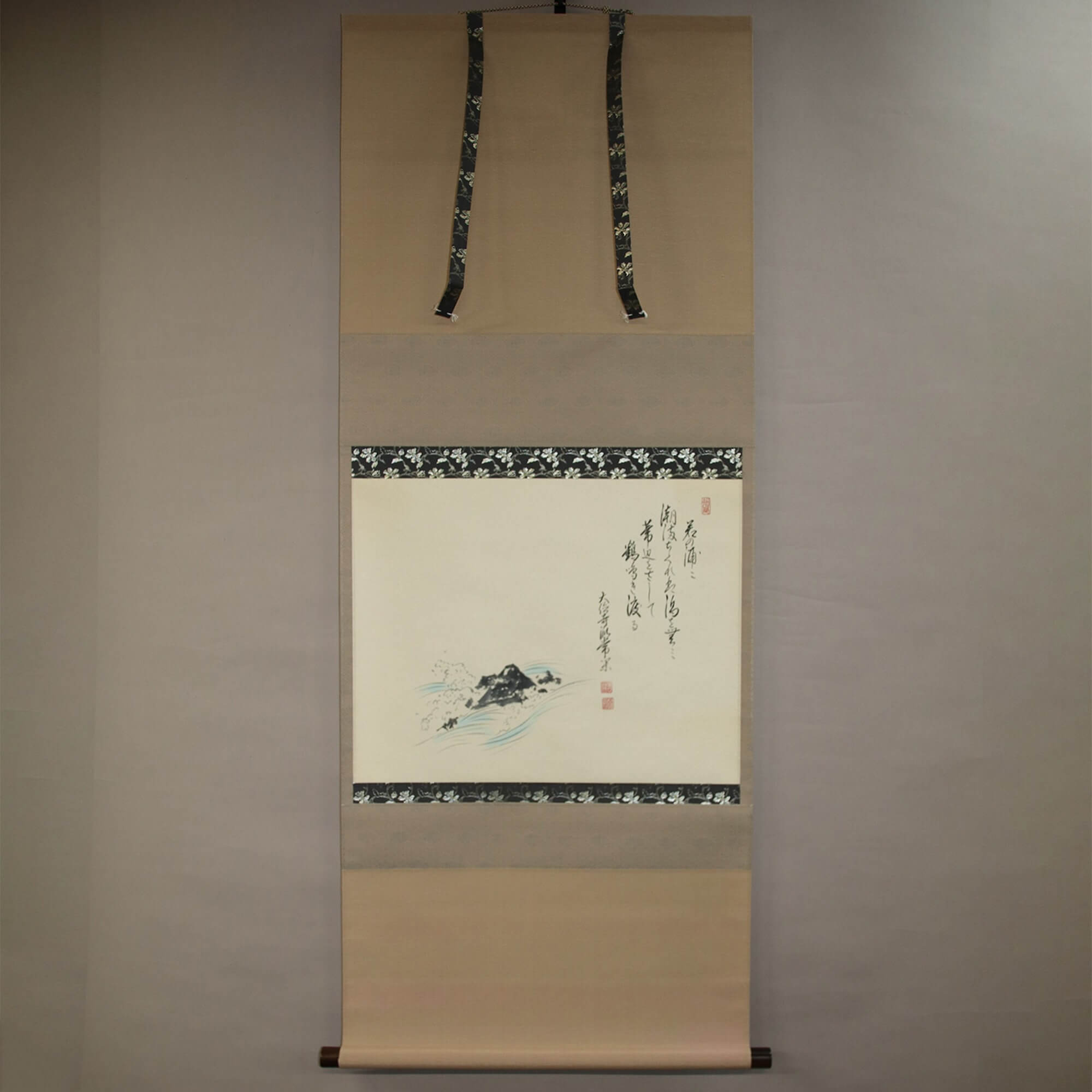 Product ID-0287
Kakejiku Hanging Scroll: Calligraphy: High Tide / Tsuji Jōkan
Nami
Product ID-0287
Kakejiku Hanging Scroll: Calligraphy: High Tide / Tsuji Jōkan
Nami
-
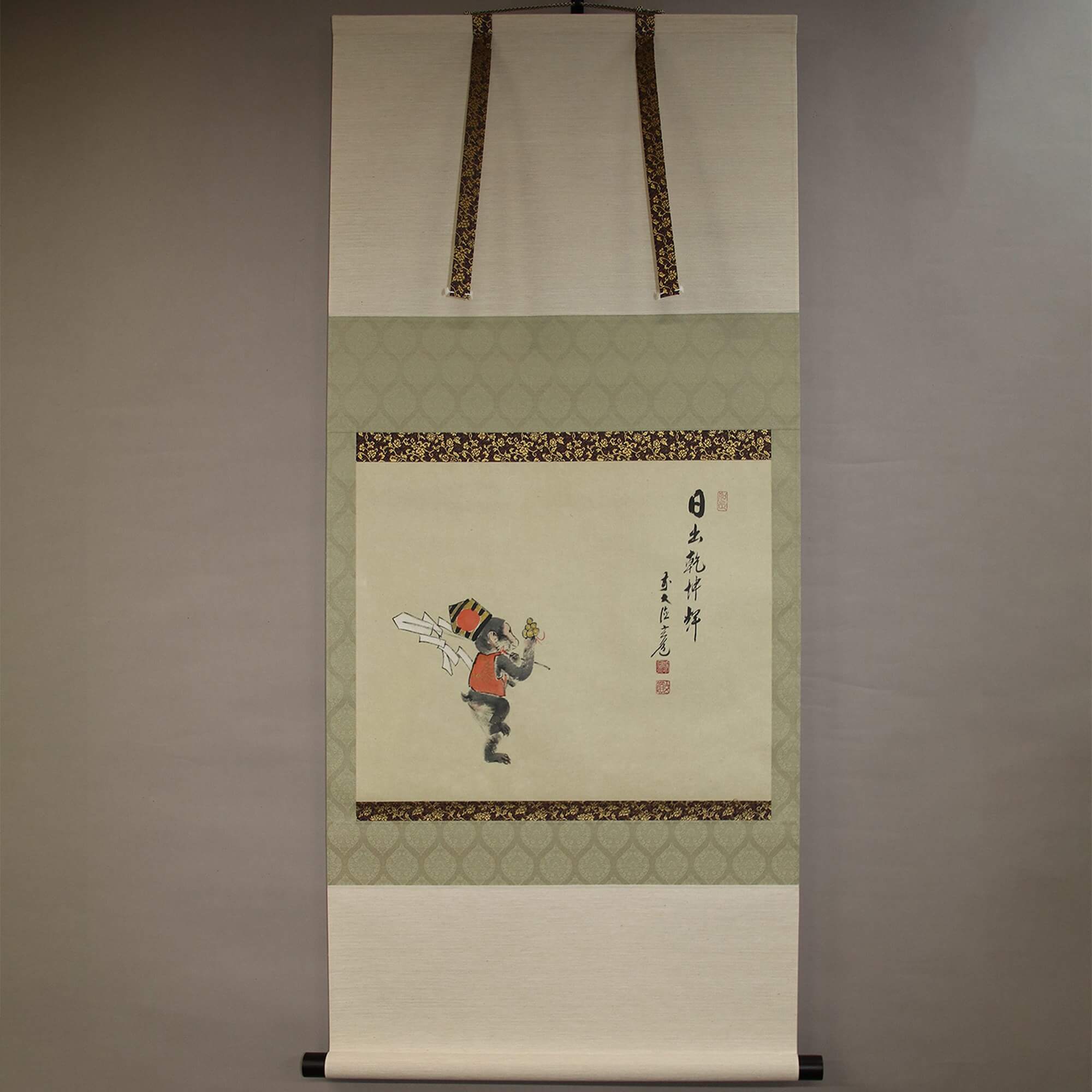 Product ID-0288
Kakejiku Hanging Scroll: Calligraphy: Monkey | The Sun Rises and Gleams in the Heavens and Earth / Suga Gendō
Saru / Hi Idete Kenkon Kagayaku
Product ID-0288
Kakejiku Hanging Scroll: Calligraphy: Monkey | The Sun Rises and Gleams in the Heavens and Earth / Suga Gendō
Saru / Hi Idete Kenkon Kagayaku
Contact Us
Please fill out the form below and submit for your inquiry.
Your privacy is important to us. We are committed to protecting your privacy.
(or press ESC or click the overlay)
CEO Message
(or press ESC or click the overlay)Our Feelings For Kakejiku
Company Profile

Name Art Nomura
President Tatsuji Nomura
Founded1973
Established1992
Address7-23 Babadori, Tarumi-ku, Kobe city,
Hyougo Prefecture, 655-0021, Japan
Capital10 million yen
URLhttp://nomurakakejiku.com
Our Business
Art Nomura is an art dealer which produces kakejiku (hanging scrolls). We mount many paintings and calligraphic works in kakejiku in my factory. Kakejiku are our main product. We also remount and repair old or damaged kakejiku. We share the traditional Japanese art of kakejiku with people all over the world.
(or press ESC or click the overlay)
Access Map
(or press ESC or click the overlay)Access Map
